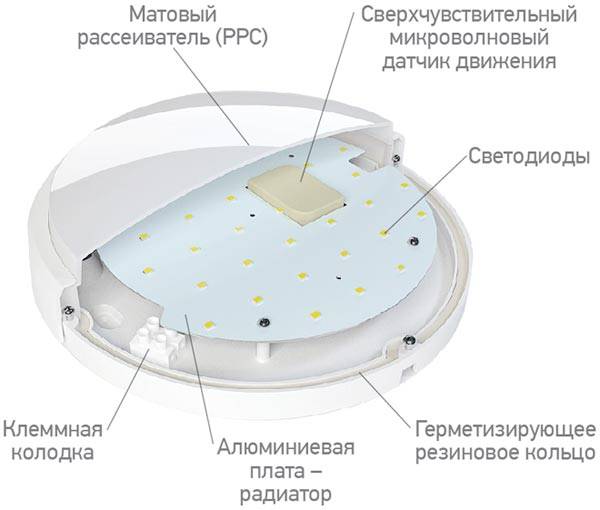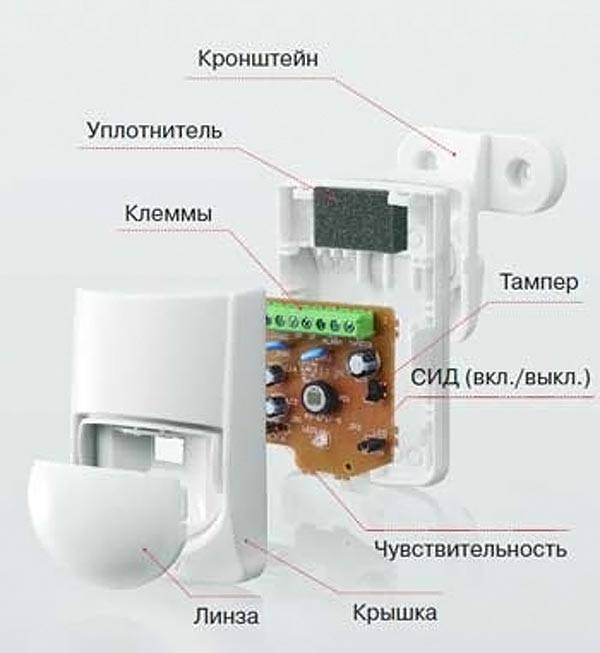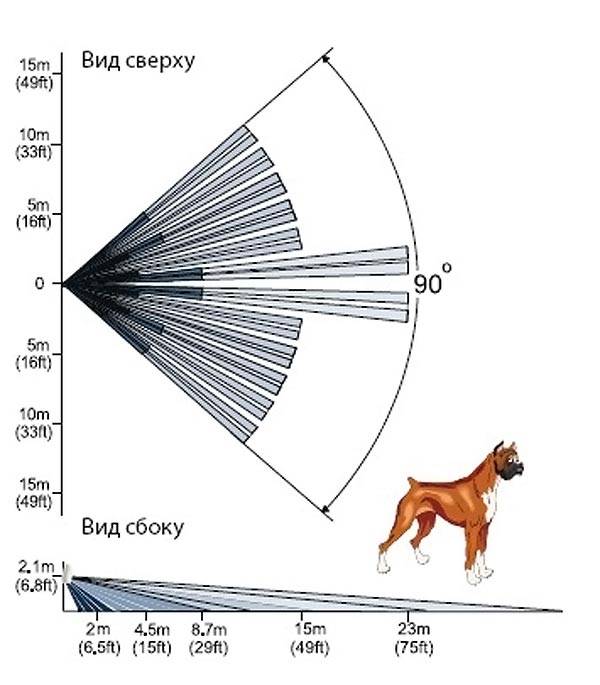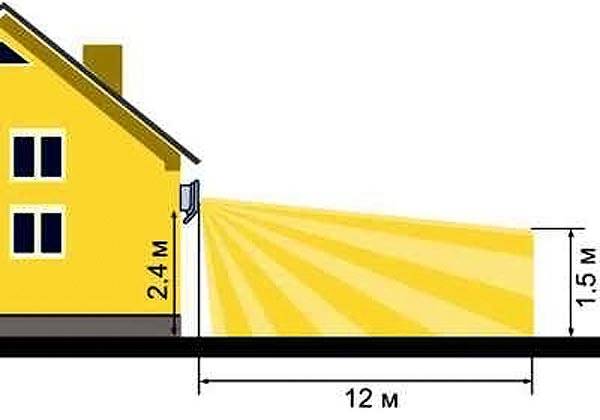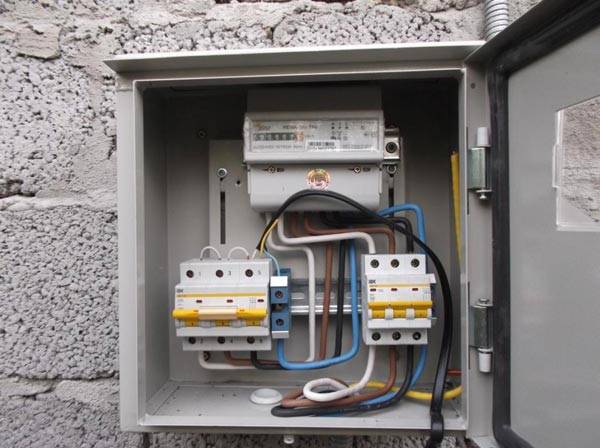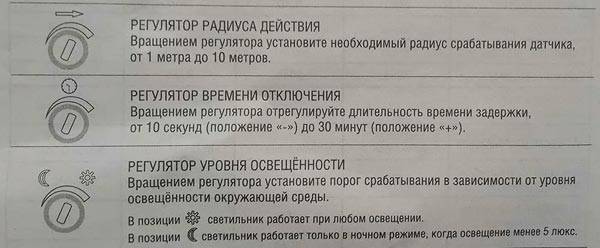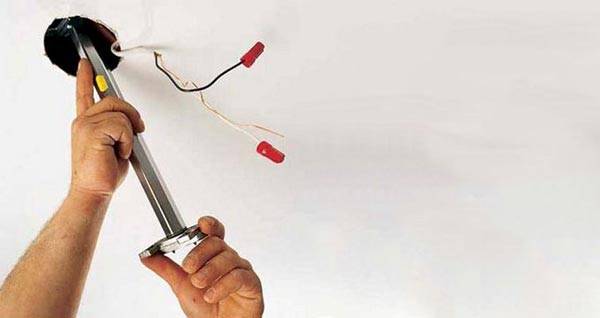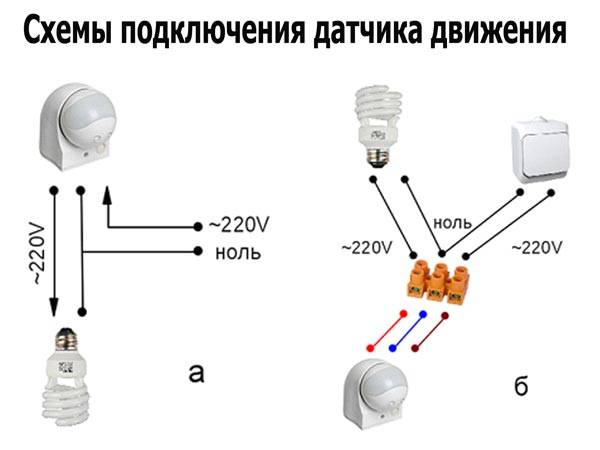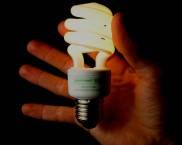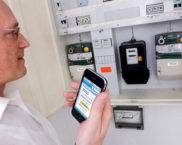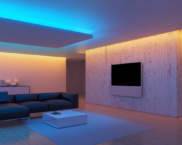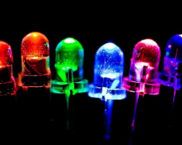How to connect a motion sensor for lighting a private house
AAutomatically turning on the light in the yard, in the rooms, will allow you to save on electricity and secure your home. Lamps or lights will turn on when a person moves. To learn how to connect a motion sensor for lighting, read this article carefully. We will tell you about all the nuances of selection, installation and configuration that will be useful to you in order to install the device yourself, without resorting to the expensive help of electricians.
The content of the article
Sensor types and characteristics
All motion sensors by type of power supply can be divided into standalone and wired. The former run on batteries or other batteries, but are not common. The latter are more common, but require connection (see below).
By the type of action, devices can be divided into active and passive. Active sensors work on the principle of radar or echo sounder. They react to the movement of an object (the principle is based on the Doppler effect - a wave is reflected from a moving and resting object in different ways). They are:
- Ultrasonic (US). Emit ultrasound at frequencies that humans cannot hear. Pets pick up the signal and can be anxious, so this type of device will not work if you have a dog or cat.
- Microwave (Microwave), they are also radio transmitters. Due to the potential harm the microwave radiation they emit constantly, they are only suitable for human use in places where people rarely appear.
- Passive sensors include infrared (IR) motion sensors. They are absolutely safe, because they do not emit any waves, but only trap the heat emitted by the object. The settings allow you to adjust the sensitivity so that the device responds, for example, to a temperature of 36.6. Thus, the device is triggered if a person appears in the range. However, infrared sensors, ideal for equipping rooms, are categorically not suitable for outdoor use: the sun's rays, warming or cooling, changes in illumination have a bad effect on them.
Finally, there are combined motion sensors.They are more expensive, but will compensate for all the disadvantages of each type.
Pros and cons of using
The advantages of using motion sensors for lighting are obvious:
- no need to leave lamps or lanterns on if you are going to return home in the dark - electricity is saved;
- if an outsider enters the territory, the device will work and the lighting will turn on, you will not encounter an unpleasant surprise in the dark;
- when installed indoors, for example in corridor, the light will be on exactly while you are there - it is convenient, eliminates the need to move by touch.
However, there are also some downsides:
- false positives - cheap sensors even react to the swaying of tree branches, not to mention running dogs, cats and flying insects;
- equipping the territory with devices will give the attackers information: a wealthy person lives here. The sensors themselves are often stolen;
- From inexpensive motion sensors for lighting there are more problems than benefits, so the cost of equipment should also be attributed to the disadvantages.
Avoid false alarms by purchasing a sensor with the function of ignoring animals. You can set the mass of an object to which you do not need to react - for example, up to 25 or up to 40 kilograms, which is quite enough for a medium-sized dog. Mounting the device at a sufficient height or placing it above the canopy will also help.
However, correct installation of the device is essential for correct operation.
Wiring diagram for motion sensor for lighting
Each motion sensor is equipped with a Fresnel lens. It is quite fragile, so you should be careful when working.
Below we will tell you in detail, with illustrations, how to connect a motion sensor for lighting.
So let's get started. First, determine the location of your sensor based on the characteristics of your sensor. It is not recommended to install the device near conditioners, heating elements, windows or doors. The usefulness of sensors in rooms where a person is inactive for a long time (for example, in a toilet) is questionable. We will consider the installation of a device for lighting the local area.
- De-energize the facility before proceeding with installation.
- Carefully study the instructions, set the required settings - they depend on the brand, the principle of operation of the device.
- The connection diagram of the motion sensor for lighting requires preliminary study. Dismantle lamp and outline the location of the device.
- You can choose two options for connecting the light sensor: with or without a switch. Switch allows you to leave the lighting on for the required period of time. According to the chosen method, connect the device according to the diagram.
- Insert the wires into terminal box and tighten with screws.
- Mount the device to the wall.
As you have seen, connecting a motion sensor to light your home and yard is not at all difficult. The main thing is to correctly choose the device and place of installation and follow the instructions.
Who is recommended to install this device
You need a motion sensor that turns on the lighting if:
- you think about your own safety and convenience;
- you are a zealous and economical owner;
- there are small children in the house who find it difficult to reach switch;
- you live in the middle lane and return from work in the dark.
Remember: the more expensive the device, the more its functionality, the finer the settings, and the better it will work. Before buying, carefully read all the characteristics, if in doubt - consult the seller! Do not install the sensor yourself if you do not know how to work with electricity.
To study the material deeper and learn all the nuances, it is better not only to read the article, but also to watch several videos on this topic. Here is one useful video:





